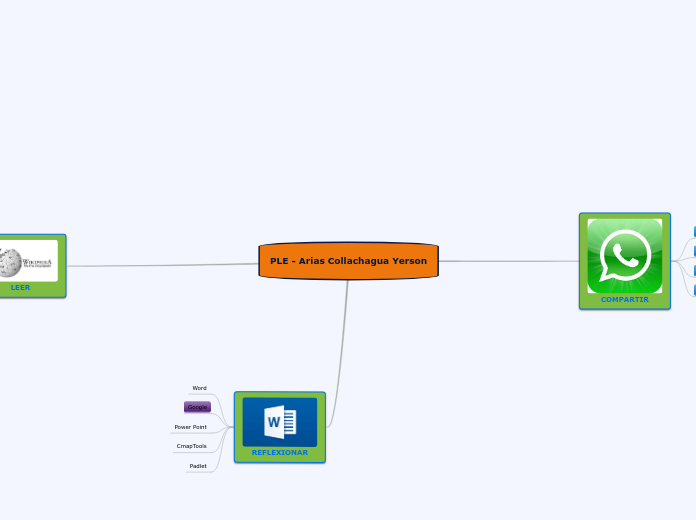によって Tejpaul Chilana 6年前.
397
Timeline Group 20
In 2011, IBM's Watson was designed as a question-answering machine capable of understanding and responding to natural language queries. Initially developed for the game show Jeopardy, Watson demonstrated its advanced capabilities by competing against and ultimately defeating champions Brad Rutter and Ken Jennings, earning a $1 million prize.









